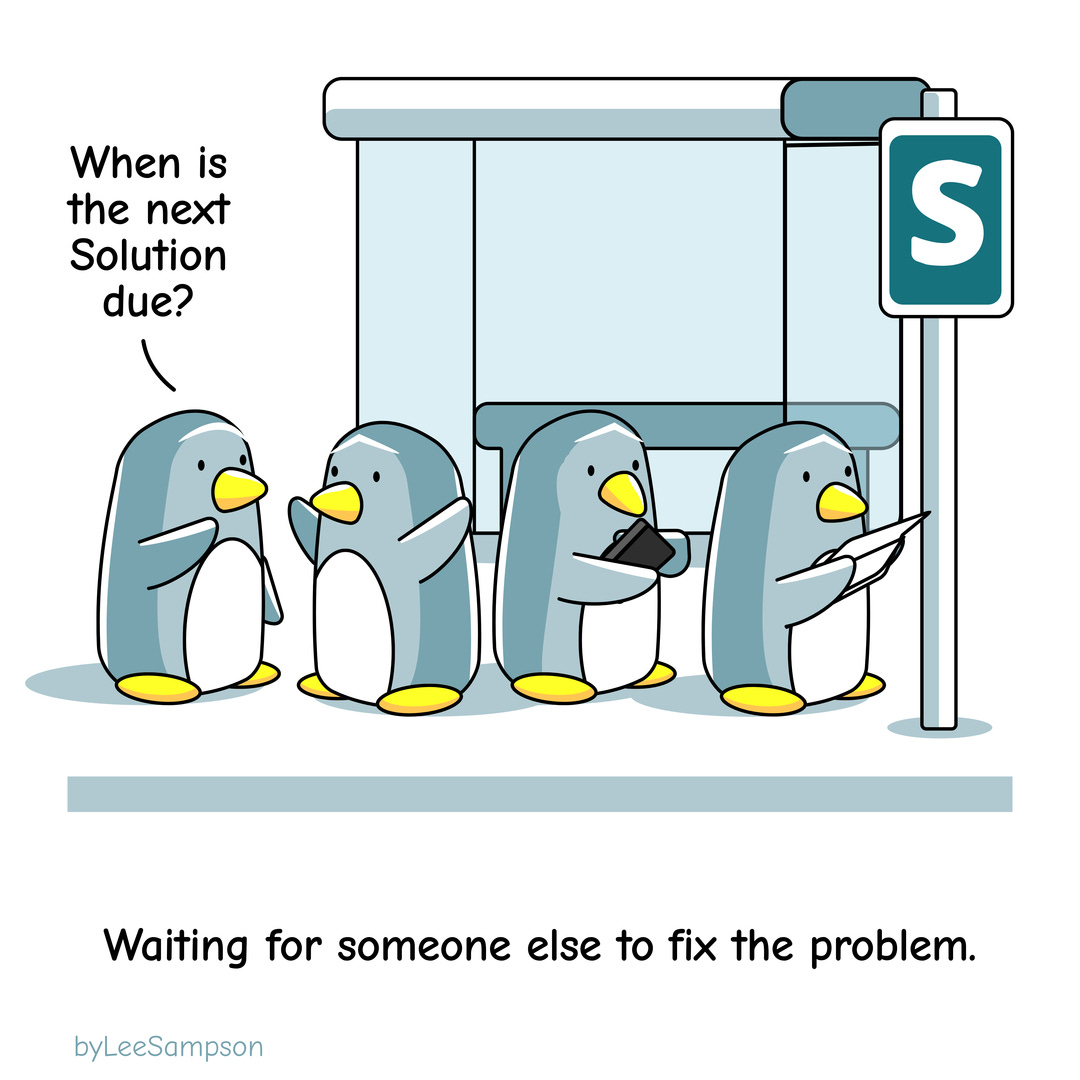Culture: Sustaining The Heartbeat
Welcome back to our ongoing exploration of the "Leadership Wheel". So far, we've explored the importance of empathy, trust, respect, and defining and building a strong team culture. Now, we turn our attention to the crucial aspect of sustaining that culture. In this article, we'll delve into the key elements of sustaining a positive, safe, and enduring culture.
Role Model: Setting the Standard
A team naturally looks to its manager as a role model, observing and emulating behavioural norms and the established "way things are done." While leadership positions may appeal for various reasons, the true goal of leadership is to empower and elevate others, not to assert superiority. It’s less about "being right" and more about consistently "trying to do the right thing."
Life presents us with choices, forks in the road and the expectation is clear: leaders must choose the path that benefits the collective, not just themselves. By setting a strong example and establishing clear benchmarks, leaders calibrate the culture. How we lead directly influences how others follow.
Ultimately, people don't copy titles; they mimic actions. Much like body language plays a dominant role in communication, a leader's actions are the same. Practicing what you preach is a cornerstone of effective leadership.
Do your actions align with your words?
Are you readily accessible during challenging times?
Do team members feel comfortable approaching you with mistakes and problems, or do they feel compelled to conceal them?
Authenticity Not Masks
The myth that leaders must always project an image of unwavering perfection is a disservice to both the team and the leader. True leadership isn't about pretending everything is okay when it's not. It's about striking a delicate balance between calm, optimism, and honesty.
People want to believe in their leaders, but belief alone isn't enough; they also need to trust them. We don't just grow and evolve through smooth sailing; we also learn and develop crucial strategies when we navigate rough waters. There's value in being transparent and not sugar coating every situation. Authenticity fosters an environment where genuine learning, support and trust can thrive.
Navigating Conflict: Building Bridges, Not Barriers
Conflict is an inherent part of any team dynamic. However, this doesn’t have to result in a destructive outcome. A timely conversation, a "stitch in time," using respect and compromise, can bring these differing ideas together, allowing them to coexist and enrich the team's collective perspective.
Leaders play a pivotal role in this process. Creating a harmonious environment is a core responsibility. Team members look to their leaders to model effective conflict resolution and to foster a safe space for dialogue. It requires skill, courage, and intelligence to act as a "fire-break," preventing conflicts from escalating, rather than fuelling them.
Ignoring conflict or failing to address it constructively only exacerbates the problem, negatively impacting team culture and the organization as a whole. It takes courage to initiate a dialogue aimed at understanding, not blame. When both parties are entrenched in their positions, progress is impossible.
While disagreements are inevitable, leaders must demonstrate how to navigate these differences in a way that unites rather than divides. Finding common ground, acknowledging diverse opinions, and collaborating on solutions are essential strategies. And as a leader, you are always the role model.
Practical methods for effective conflict resolution include: actively listening to understand, not to find fault; practicing calming techniques like box breathing during heated moments; and resisting the urge to respond impulsively.
Problem-Solving: Cultivating Solutions, Empowering Teams
Solutions often present themselves disguised as problems. Problems, issues, challenges, and barriers are inevitable, and how we choose to react to them defines our approach. Staying calm, stepping back, and cultivating curiosity are essential starting points.
A common pitfall for leaders, both new and experienced, is the belief that they must solve every problem single-handedly. While it's natural for team members to seek their leader's assistance, this mindset can hinder both the leader's well-being and the team's development.
Problem-solving together offers several benefits:
Skill Development: Sharing effective problem-solving tools, skills, and processes enhances the team's capability to handle future challenges.
Increased Confidence: Collaborative problem-solving boosts the confidence of both the leader and the team members.
Knowledge Sharing: Breaking down information and skill set silos fosters a more consistent approach and improves customer service.
This isn't an excuse to constantly ask, "What would you do?" Instead, it's an opportunity to guide team members through the problem-solving process, sharing tools, strategies, and thought processes to empower them to find sustainable solutions.
Recognition: Cultivating a Culture of Appreciation
Cultivating a culture of recognition requires intentional observation. You must actively look for and acknowledge the good work, effort, achievements, and the contributions that often go unnoticed. Recognizing and appreciating these efforts is a powerful tool for building a positive and thriving team culture.
A team's unity and cohesion can be severely impacted when there's a sense of underappreciation. Feelings of being undervalued, especially when others seem to receive constant recognition, can lead to resentment and disengagement.
Remember, consistent and genuine recognition reinforces positive behaviours and fosters a culture where individuals feel valued and that is motivating.
In summary, sustaining a positive culture requires authenticity, constructive conflict resolution, collaborative problem-solving, recognition, open communication, and most importantly leading by example.
I hope this article provides you with valuable insights into sustaining a thriving team culture. Remember, leadership is a journey, not a destination. Keep learning, keep growing, and keep making a positive impact on those around you.
This article is part of my 20-week series exploring the "Leadership Wheel" from my book, "The Illustrated Guide to Leadership Soft Skills". Stay tuned for more insights and practical tips on leadership development.
Author and Illustrator Lee Sampson uses a people-centric approach and creative vision to make leadership development accessible and enjoyable. Inspired by over 500 Penguin cartoons on LinkedIn, Lee believes that we all have the potential to change our world for the better, by starting from the inside out. If you enjoy introspection, self-reflection and a touch of art and humour, then you’ve come to the right place.
This article has been created using insights from my book, “The Illustrated Guide to Leadership Soft Skills”. I have used my expertise combined with the capabilities of AI, which has helped me to polish my thoughts, improve readability.










